Send us a text
In this episode, I return to Dwight Boyer’s "True Tales of the Great Lakes" and discuss two forgotten heroes of the 1915 Eastland disaster—one remembered correctly, the other erased for more than a century by a newspaper typo that turned my fact-check into a full-blown genealogical detective story.
The Mystery Begins
While researching Boyer's account of the disaster, I encountered two names that appeared nowhere else in most modern Eastland documentation: N.W. LeVally, and J.H. “Rista,” who reportedly saved 40 lives. Both men had crucial roles in the rescue efforts, yet their stories seemed to vanish as time passed.
Norman LeVally: The Yale Man
My search for LeVally led me through Yale Alumni records and Chicago Tribune obituaries, revealing a successful businessperson who worked for the Oxweld Acetylene Company for nearly two decades. But his connection to one of Chicago's greatest tragedies was missing from his biographical record.
The Case of the Missing Hero
J.H. Rista proved elusive--putting it mildly. Though credited with saving 40 lives and defying Captain Pedersen’s orders to halt rescue efforts, he seemed to exist only in a single 1915 newspaper account, Boyer's book and the Chicagology website. Searches across multiple genealogical databases turned up nothing.
Breaking the Code
The breakthrough came in the November 1915 proceedings of the International Order of Odd Fellows. Where the account of Brother J.H. Ripstra and his heroic actions during the Eastland disaster was mentioned.
The Real John Henri Ripstra
John Henri Ripstra wasn’t just a hero of the Eastland disaster. He became a nationally recognized sculptor, numismatist, and Lincoln scholar. He founded the Lincoln Group of Chicago in 1931, led the American Numismatic Association as president, and was later inducted into its Hall of Fame. His art and scholarship helped shape how we remember Abraham Lincoln.
Yet because of one misspelling, none of his extensive biographies seem to link him to the day he helped save lives during the Eastland Disaster.
The Larger Truth
This episode exposes an ongoing and troubling pattern: the lives of so many tied to the Eastland are too often overlooked—sometimes erased by something as simple as a typo.
Resources:
- Journal of Proceedings of the Grand Lodge of the State of Illinois, Independent Order of Odd Fellows, Seventy-Eighth Annual Session, November 16, 1915.
- Ripstra, J. Henri, ed. Lincoln Group Papers: Twelve Addresses Delivered before the Lincoln Group of Chicago on Varied Aspects of Abraham Lincoln’s Life and
- Book website: https://www.flowerintheriver.com/
- LinkTree: @zettnatalie | Linktree
- LinkedIn: https://www.linkedin.com/in/natalie-z-87092b15/
- Instagram: https://www.instagram.com/zettnatalie/
- YouTube: Flower in the River - A Family Tale Finally Told - YouTube
- Medium: Natalie Zett – Medium
- The opening/closing song is Twilight by 8opus
- Other music. Artlist
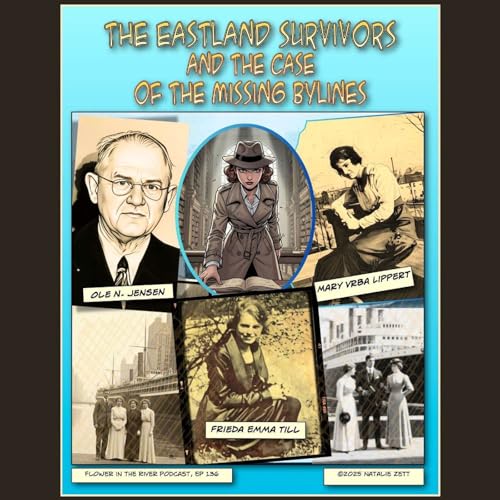 35 分
35 分 30 分
30 分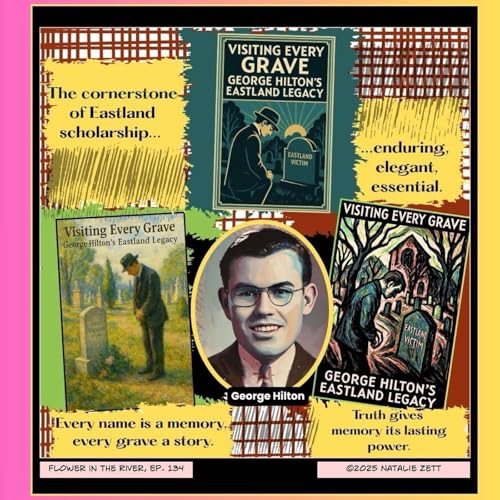 39 分
39 分 34 分
34 分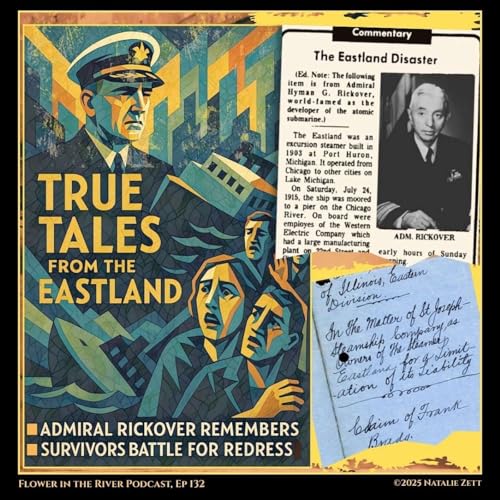 39 分
39 分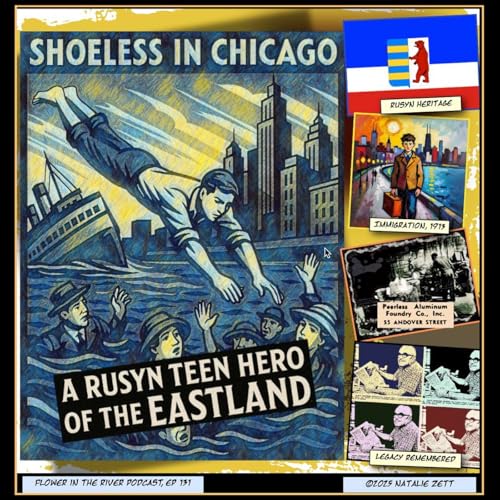 37 分
37 分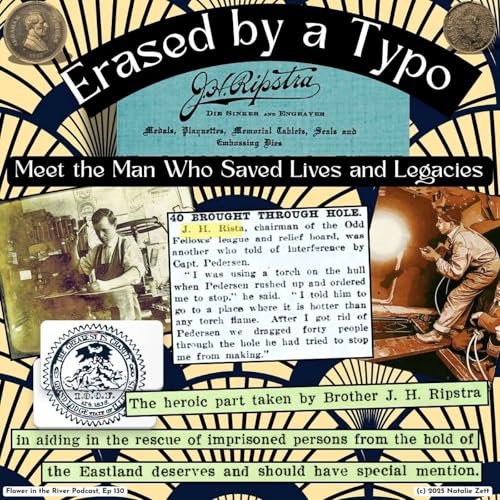 40 分
40 分 26 分
26 分
